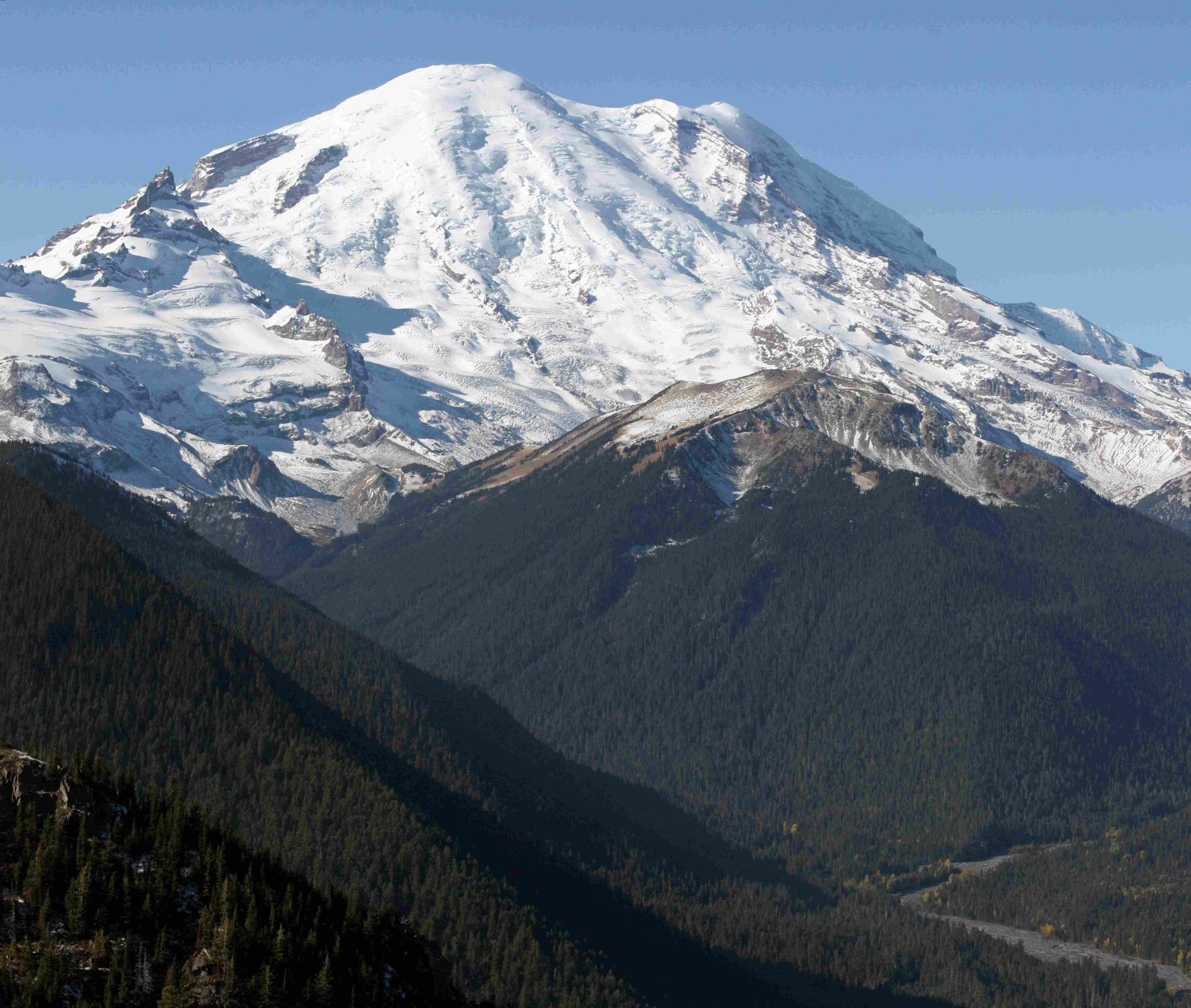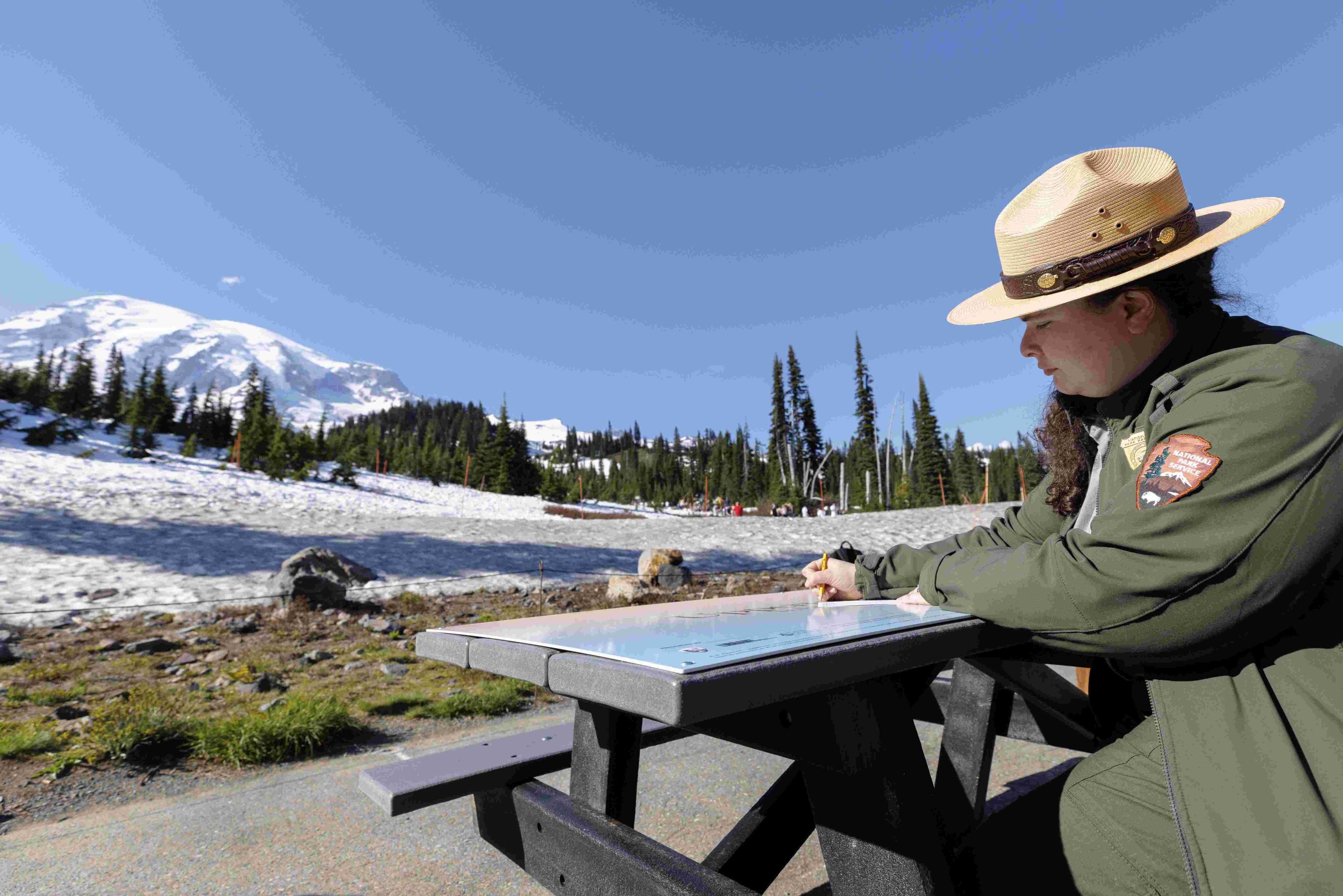Mount Rainier National Park offers a diverse network of trail heads, each serving as a gateway to the park’s stunning landscapes. These trail heads provide access to various hiking routes, ranging from easy nature walks to challenging backcountry adventures. With multiple locations around the mountain, each trail head offers unique features, accessibility options, and starting points for exploring Mount Rainier’s natural wonders.
What Are the Main Mount Rainier Trail Heads?

Mount Rainier National Park boasts several key trail heads that serve as starting points for hikers and outdoor enthusiasts. Here’s a comprehensive list of the main trail heads:
- Paradise Trail Head
- Sunrise Trail Head
- Longmire Trail Head
- White River Trail Head
- Mowich Lake Trail Head
- Carbon River Trail Head
- Ohanapecosh Trail Head
Each of these trail heads offers unique experiences and access to different parts of the park. Let’s explore them in detail.
Where Are the Mount Rainier Trail Heads Located?

The trail heads at Mount Rainier are strategically located around the mountain to provide access to various ecosystems and viewpoints. Here’s a breakdown of their locations:
| Trail Head | Location | GPS Coordinates |
|---|---|---|
| Paradise | South side of the mountain | 46.7873, -121.7553 |
| Sunrise | Northeast side | 46.9233, -121.6406 |
| Longmire | Southwest entrance | 46.7672, -121.8133 |
| White River | Northeast side | 46.9033, -121.6639 |
| Mowich Lake | Northwest side | 46.9339, -121.8644 |
| Carbon River | Northwest entrance | 46.9958, -121.8183 |
| Ohanapecosh | Southeast corner | 46.7361, -121.5627 |
What Facilities Are Available at Mount Rainier Trail Heads?
The facilities at each trail head vary, but generally include:
- Parking areas
- Restrooms
- Information kiosks
- Trail maps
- Picnic areas (at some locations)
Some trail heads, like Paradise and Sunrise, also feature visitor centers with exhibits, ranger-led programs, and gift shops.
How Accessible Are the Mount Rainier Trail Heads?
Accessibility varies among the trail heads:
- Paradise and Longmire: Open year-round, accessible by paved roads
- Sunrise: Accessible by paved road, but closed in winter due to snow
- White River and Mowich Lake: Open seasonally, typically from late June to October
- Carbon River: Road often closed to vehicles due to flooding, but accessible for hiking and biking
- Ohanapecosh: Open seasonally, usually from late May to early October
What Types of Trails Can Be Accessed from These Trail Heads?
Mount Rainier trail heads provide access to a variety of trails:
- Easy nature trails (e.g., Nisqually Vista Trail from Paradise)
- Moderate day hikes (e.g., Skyline Trail from Paradise)
- Challenging backcountry routes (e.g., Northern Loop Trail from Sunrise)
- Portions of the Wonderland Trail (93-mile loop around the mountain)
- Sections of the Pacific Crest Trail
How Do I Choose the Right Mount Rainier Trail Head?
Selecting the appropriate trail head depends on several factors:
- Your hiking experience and fitness level
- The type of scenery you want to see (forests, meadows, glaciers)
- The time of year you’re visiting
- How much time you have for your hike
- Your preferred starting elevation
For example, if you’re looking for high-altitude views and wildflower meadows in summer, Sunrise might be your best choice. For year-round access and a variety of trail options, Paradise is an excellent starting point.
What Should I Know About Trail Conditions at Mount Rainier?
Trail conditions at Mount Rainier can vary significantly:
- Seasonal Changes: Snow can persist on high-elevation trails well into summer
- Weather Impact: Sudden weather changes can affect trail conditions rapidly
- Maintenance: Some trails may be closed for maintenance or due to hazards
- Wildlife: Be aware of potential wildlife encounters and follow park guidelines
Always check current conditions with park rangers or on the official Mount Rainier National Park website before setting out on a hike.
Are There Any Safety Considerations for Mount Rainier Trail Heads?
Safety is paramount when hiking at Mount Rainier. Here are some key considerations:
- Carry the Ten Essentials (navigation, sun protection, insulation, illumination, first-aid supplies, fire, repair kit and tools, nutrition, hydration, emergency shelter)
- Inform someone of your hiking plans
- Be prepared for rapid weather changes
- Stay on designated trails to protect yourself and the environment
- Carry plenty of water and food
- Be aware of wildlife and maintain a safe distance
How Can I Prepare for a Hike from Mount Rainier Trail Heads?
Proper preparation is crucial for a safe and enjoyable hiking experience:
- Research your chosen trail and trail head
- Check current weather and trail conditions
- Ensure you have appropriate gear and clothing
- Obtain necessary permits for backcountry camping if applicable
- Familiarize yourself with Leave No Trace principles
- Consider your physical fitness and choose a trail that matches your abilities
What Are Some Popular Trails from Mount Rainier Trail Heads?
Here are some popular trails accessible from various Mount Rainier trail heads:
- Skyline Trail (Paradise)
- Burroughs Mountain Trail (Sunrise)
- Comet Falls Trail (near Longmire)
- Naches Peak Loop Trail (Chinook Pass)
- Grove of the Patriarchs Trail (Ohanapecosh)
- Tolmie Peak Trail (Mowich Lake)
Each of these trails offers unique perspectives of Mount Rainier and its surrounding landscapes.
Mount Rainier trail heads serve as gateways to some of the most breathtaking natural scenery in the Pacific Northwest. Whether you’re a casual day hiker or an experienced backpacker, these trail heads provide access to a diverse range of hiking experiences. By understanding the locations, facilities, and trails associated with each trail head, you can plan a memorable and safe adventure in Mount Rainier National Park.
Remember to always respect the environment, follow park regulations, and stay informed about current conditions to make the most of your visit to these iconic Mount Rainier trail heads.
References:
1. Mount Rainier National Park Official Website
2. Washington Trails Association – Mount Rainier Area
3. Visit Rainier – Hiking Trails
4. AllTrails – Mount Rainier National Park
